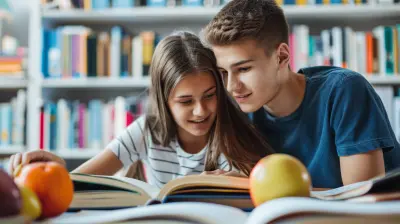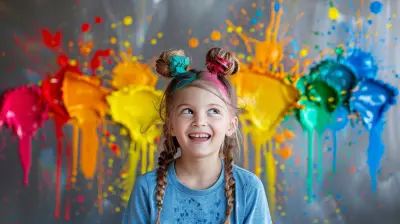The Power of Peer Collaboration in Driving Student Involvement
28 May 2025
Education isn't just about textbooks and lectures—it's about engagement, collaboration, and meaningful connections. While teachers play a huge role in shaping young minds, there's another powerful force at play: peer collaboration. When students work together, they not only absorb knowledge more effectively but also become more involved in their learning journey.
But why does collaboration among peers hold such immense power? Let's dive into how working with classmates can transform the way students engage in their education.
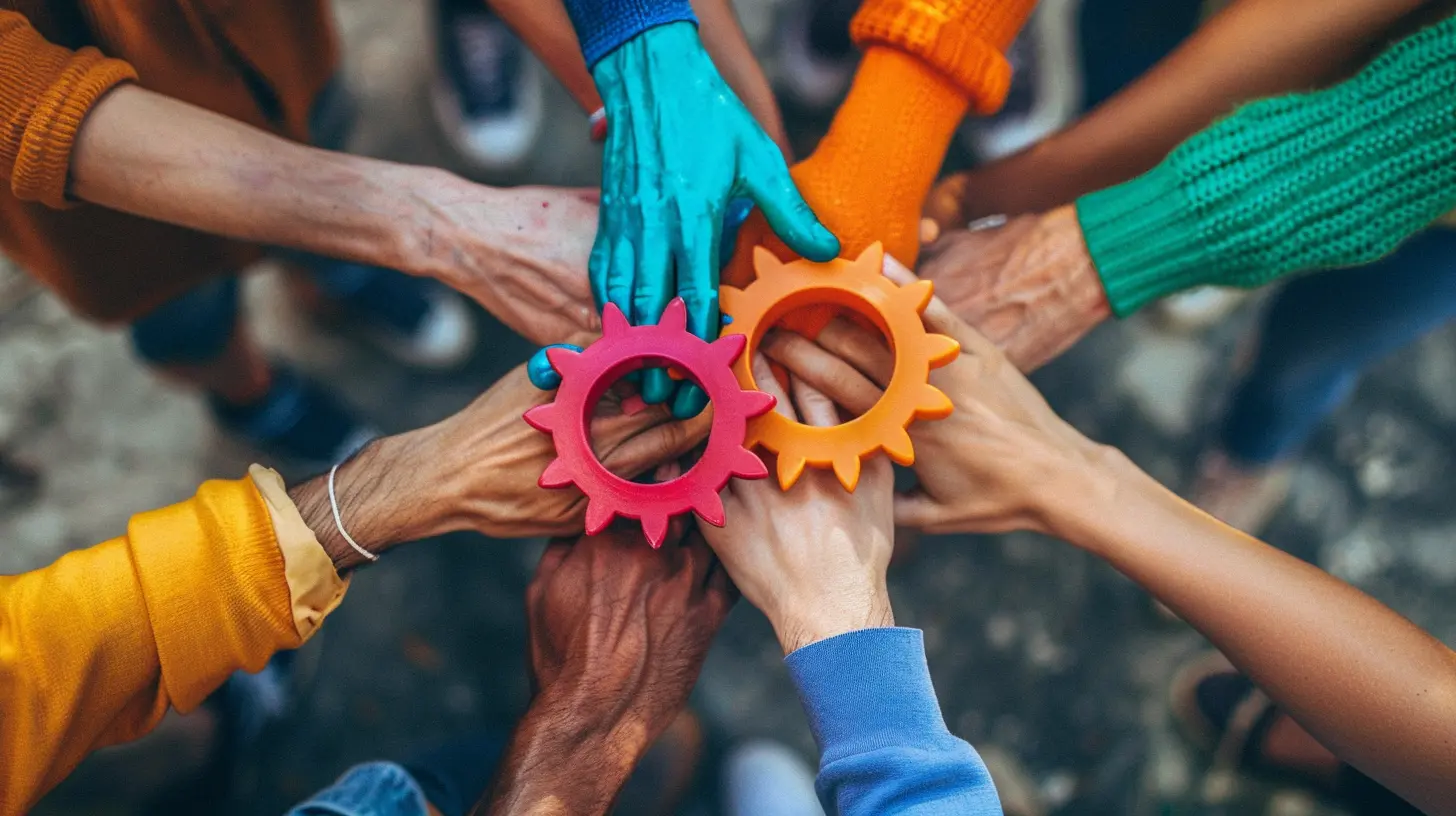
Why Student Involvement Matters
Before we jump into the benefits of peer collaboration, it's important to understand why student involvement is crucial. When students actively engage in their learning, they:- Retain information better
- Develop critical thinking skills
- Boost their confidence
- Feel a stronger connection to their school community
Now, here’s the real question: How can students stay engaged and invested in their learning? One of the best ways is through peer collaboration.
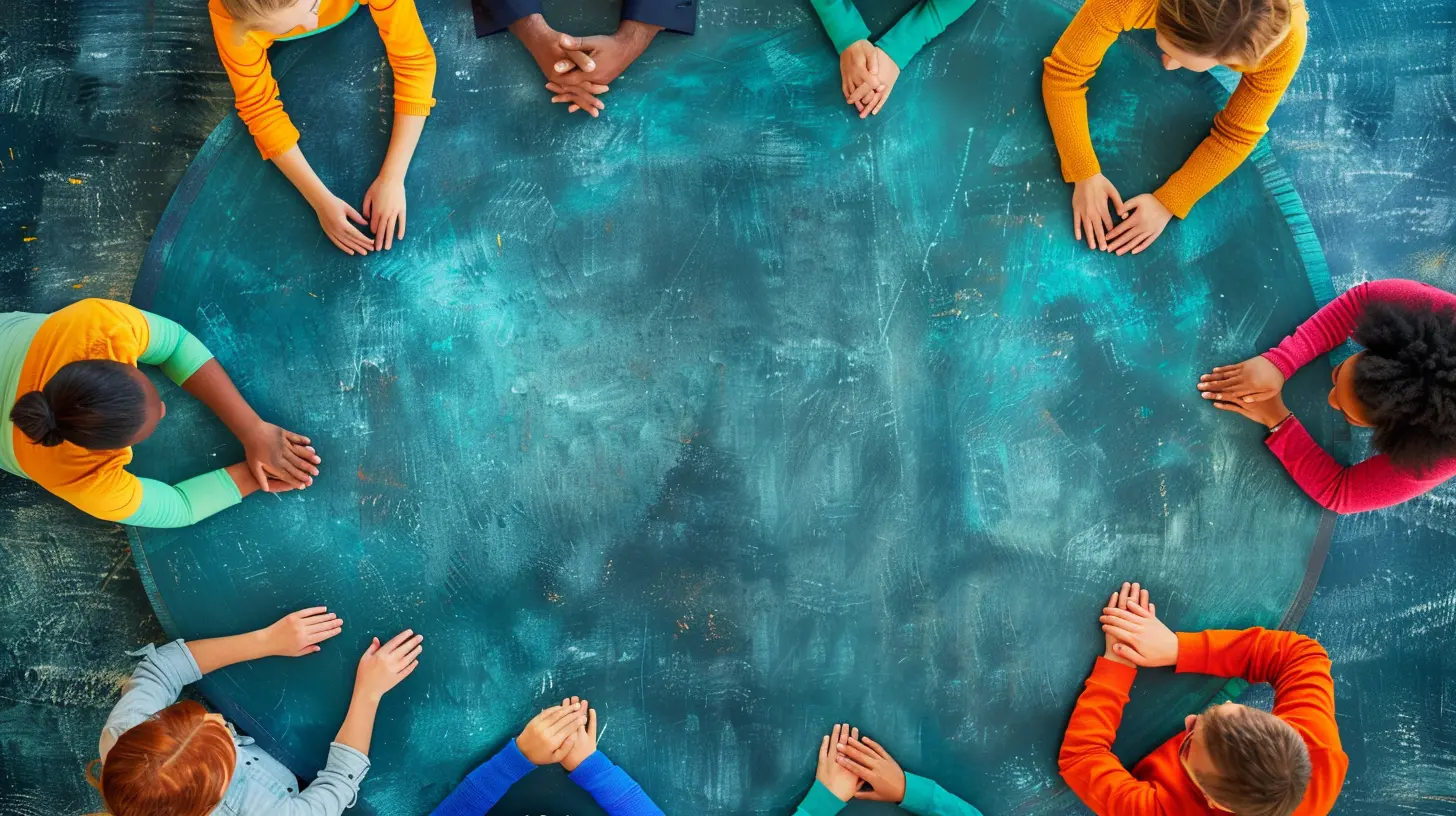
How Peer Collaboration Ignites Student Involvement
Imagine being stuck on a tough math problem. You could stare at it for hours, hoping for a magical solution, or you could turn to a classmate and tackle it together. The second option not only makes learning easier, but also makes it more fun and interactive.Collaboration among students works wonders because it:
- Encourages active learning – Instead of passively absorbing information, students participate in discussions and shared problem-solving.
- Builds a sense of responsibility – When working in groups, students feel accountable for their contributions.
- Fosters communication skills – Engaging with peers improves their ability to explain concepts and listen to different perspectives.
- Creates a supportive environment – Learning can be intimidating, but working with classmates creates a safe space to ask questions and express ideas.
Let's take a deeper look at the different ways peer collaboration drives student involvement.
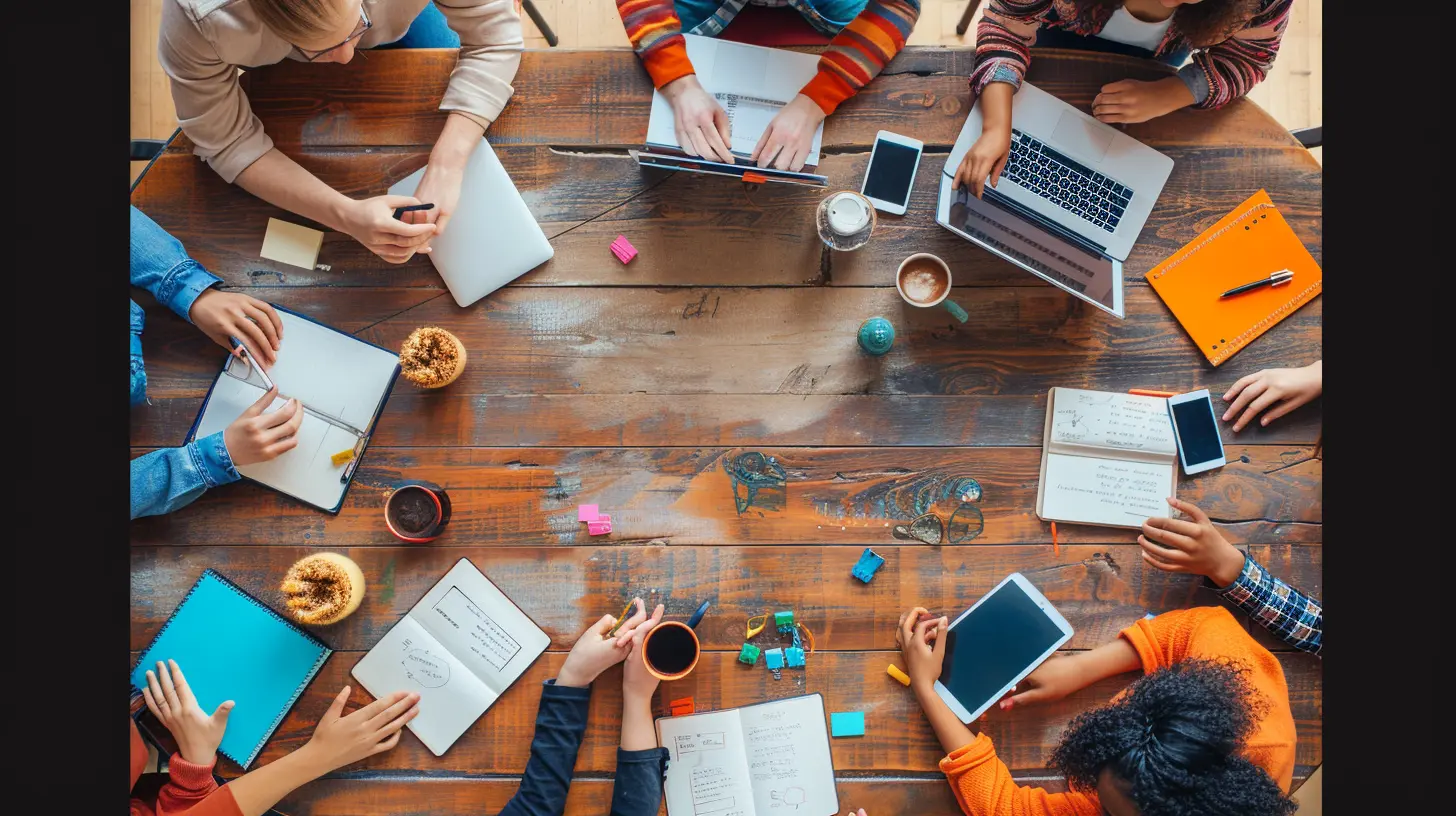
1. Boosts Confidence and Engagement
Speaking up in class can be nerve-wracking, especially if a student fears getting the answer wrong. However, in a small group setting, students feel safer expressing their thoughts.When students collaborate, they get validation from their peers. A simple "That’s a great idea!" or "I understand what you mean" can boost confidence and encourage participation. Once students feel heard, they become more engaged in discussions—not just in small groups but also in the larger classroom setting.

2. Enhances Critical Thinking and Problem-Solving
Ever notice how a group of students working on a project often comes up with different approaches to solve the same problem? That’s the beauty of collaboration!When students work together, they challenge each other’s ideas, ask questions, and push one another to think deeper. This strengthens critical thinking skills and helps them develop creative solutions.
For example, in a history project, one student might focus on political events while another examines cultural impacts. By sharing perspectives, they create a more well-rounded understanding of the topic.
3. Encourages Accountability and Responsibility
Let’s be honest—no one wants to be the person who lets the team down. Working in a group makes students more responsible because their peers rely on them.When a student knows their contribution matters, they’re more likely to:
- Meet deadlines
- Stay focused
- Put in the effort
- Hold themselves accountable
This sense of responsibility fosters a strong work ethic that benefits students beyond the classroom.
4. Improves Social and Communication Skills
Success in life isn’t just about knowing facts—it’s about knowing how to communicate. When students collaborate, they learn to express thoughts clearly, listen actively, and build on each other’s ideas.Group discussions teach students to:
- Respect different opinions
- Negotiate and compromise
- Present ideas persuasively
These skills are invaluable, not just in academic settings but also in future careers.
5. Creates a Fun and Supportive Learning Environment
Let’s face it—learning alone can sometimes feel dull. But when students work together, it makes the process lively and engaging.A classroom filled with discussions, laughter, and teamwork creates a positive learning atmosphere where students actually enjoy studying. It reduces stress and makes even challenging subjects more enjoyable.
Strategies for Encouraging Peer Collaboration
So, how can educators promote peer collaboration effectively? Here are some strategies:1. Group Projects and Assignments
Assign tasks that require teamwork, ensuring each student plays a key role. This promotes active participation and engagement.2. Think-Pair-Share Activities
Encourage students to think about a question, discuss it with a partner, and then share their insights with the class. This method boosts confidence and communication skills.3. Peer Teaching
Allow students to teach each other! When a student explains a concept to a peer, they reinforce their own understanding while helping others.4. Gamified Learning
Interactive games and competitions encourage teamwork while making learning fun.5. Collaborative Technology Tools
Use digital platforms like Google Docs, Padlet, or discussion boards that allow students to work on assignments together—even remotely.Overcoming Challenges in Peer Collaboration
Of course, peer collaboration isn’t always smooth sailing. Here are some common challenges and how to address them:1. Unequal Participation
Sometimes, a few students do most of the work while others stay passive. Solution? Assign roles within the group so that everyone contributes.2. Conflicts and Disagreements
Disagreements can arise, but that’s part of the learning process! Encourage students to listen actively, discuss respectfully, and find compromises.3. Dependence on High-Performing Students
Some students may rely too much on top performers. To prevent this, mix skill levels in groups and use peer evaluation to ensure fair contribution.
The Lasting Impact of Peer Collaboration
The benefits of peer collaboration extend far beyond the classroom. The skills students develop—teamwork, communication, critical thinking—are essential for success in higher education, careers, and personal growth.By fostering a culture of collaboration, we empower students to take charge of their learning journey, making education more engaging, effective, and enjoyable.
So, the next time you’re working on a project, remember: two (or more) minds are better than one!
all images in this post were generated using AI tools
Category:
Student EngagementAuthor:

Zoe McKay
Discussion
rate this article
3 comments
Kian McConkey
This article raises fascinating questions about the dynamics of peer collaboration! How do different collaboration styles influence student engagement? Could varying group compositions yield unique insights? I’m eager to explore the tangible benefits of these interactions in enhancing learning outcomes!
June 19, 2025 at 3:20 AM

Zoe McKay
Thank you for your insightful comment! Exploring collaboration styles and group compositions can indeed reveal valuable insights into student engagement and learning outcomes. I'm excited to delve deeper into these dynamics!
Starla Hughes
Sure, collaboration sounds great, but let’s be real: some peers are just distractions. Let’s focus on harnessing the right team players instead of just filling seats!
June 12, 2025 at 12:37 PM

Zoe McKay
Absolutely! It's crucial to choose the right collaborators who enhance productivity and foster a positive learning environment. Quality over quantity is key in peer collaboration!
Maxine Roberson
Peer collaboration unlocks hidden potentials; what secrets lie within the silent bonds of student involvement?
June 9, 2025 at 3:54 AM

Zoe McKay
Thank you for your insightful comment! Indeed, peer collaboration reveals untapped potential and fosters deep connections that enhance student engagement and learning.


